Pakistan’s entrenched energy crisis: Does a solution exist?
Pakistani households lose $4.5 billion of net income every year due to the lack of reliable access to electricity
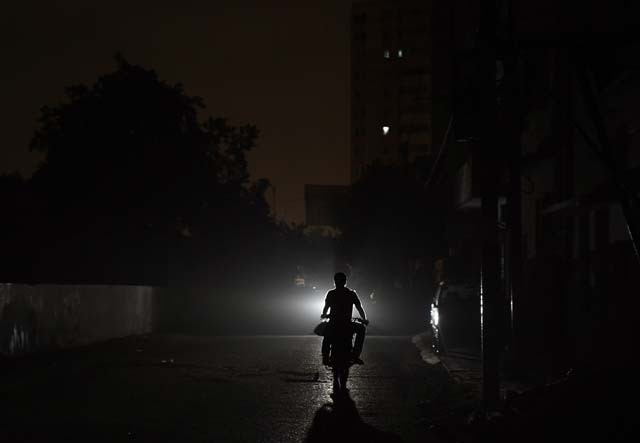
Like other South Asian countries, Pakistan too grapples with the challenges of a growing population, combined with rapidly growing energy needs. Its entrenched energy crises impose a huge barrier to the nation’s economic and societal progress. Rapid demand growth, transmission losses due to outdated infrastructure, power theft and seasonal diminutions in the availability of hydro-power have inevitably worsened the situation. Whereas, continued mismanagement, institutional weaknesses and poor and non-functional business models have resulted in a lack of funds to maintain and upgrade the national grid. For sustainable economic development and to remain competitive in the international market, Pakistan crucially needs to align its energy landscape with the rest of the world.
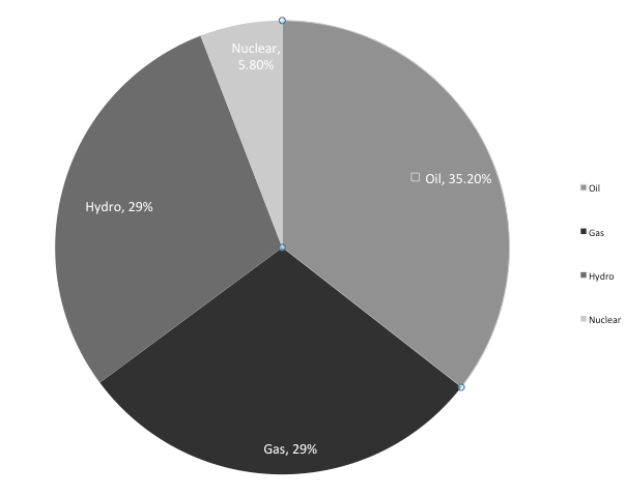
Pakistan’s primary energy mix comprises natural gas, oil, hydropower, coal and nuclear energy. The energy sector continues to be dominated by hydrocarbon, with oil and gas contributing over 80% of the overall primary energy mix. Natural gas accounts for the lion’s share of the energy mix. The fast-rising share of imported fossil fuels in power generation risks undermining the long-term energy security of the country. Moreover, unrealistic power tariff, high inefficiencies, low payment recovery and the inability of the government to manage its subsidy mechanism seems to to have been pushing the unabated circular debt of Rs1.1 trillion (Ministry of Energy).
The country's power system can be divided into three parts – generation system, transmission system and distribution. Whereas the past governments have focused on enhancing the country’s ability to generate electricity, much less action has been taken on improving the transmission and distribution of energy. For instance, the distribution system in Pakistan is currently inadequate to carry a large load of power. The grid stations and related infrastructure are over aged and in a debilitating condition. Last, in several parts of the country transmission and distribution networks are altogether missing. In such a scenario, simply increasing the generation capacity is not the solution to the present energy crisis.
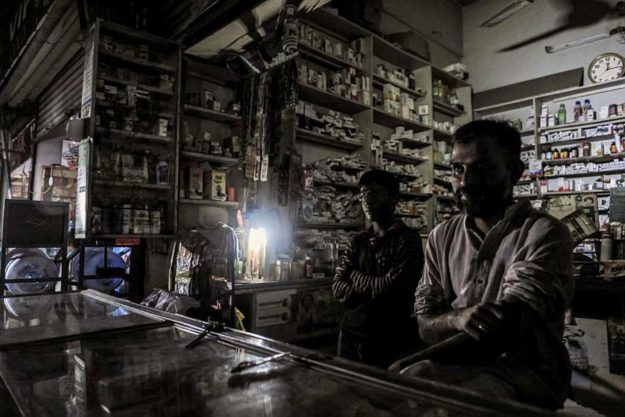
Fortunately, for all of the problems plaguing the Pakistan energy sector, there exist plenty of practical and viable solutions. First, in order to bring down the cost of electricity Pakistan needs to diversify its energy mix. For instance, because furnace oil makes up the bulk of the present fuel mix, Pakistan experiences some of the highest power price in Asia; the price exceeds that found in India and China both. By relying more on inexpensive imports and indigenous resources like coal the cost of electricity can be brought down generously.
Second, there needs to be a shift towards utilising sustainable resources to meet Pakistan’s energy needs. The northern areas of Pakistan have a huge potential in hydel resources. For instance, the country has a hydro-potential of about 60,000 megawatts, which could be used to mitigate the current energy conundrum. Moreover, hydel projects, once established, offer the cheapest option for energy generation.
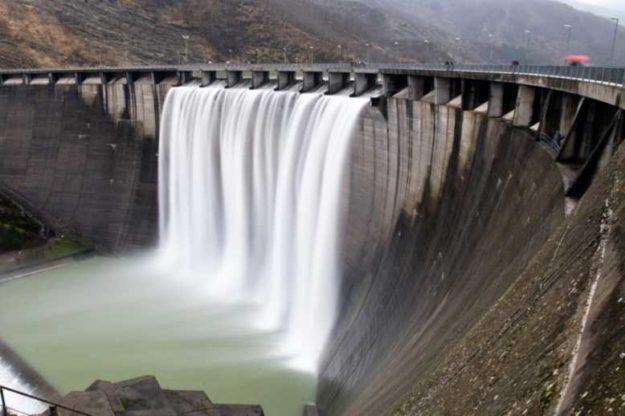
Third, a greater focus needs to be on improving and upgrading the existing transmission and distribution networks. Moreover, bringing down the line losses would invariably also reduce the amount of additional generation capacity needed. According to the latest statistics, around 22% of the generated electricity is lost due to transmission losses as well as theft. This also gives rise to the issue of circular debt.
Fourth, there is a dire need to bring about institutional reforms in the energy sector. Currently the bureaucratic red-tape, misgovernance, political interference, deep rooted malaise in different stakeholders and a general lack of inaction has allowed the problem to snowball into the proportion that we witness today. The institutional decision-making processes need to be streamlined and a clear hierarchy of authority needs to be developed.
 9HA gas turbine being aligned
9HA gas turbine being aligned
Since the provision of uninterrupted and affordable electricity remains a key challenge in Pakistan, General Electric, the multinational conglomerate (GE) mitigates electricity crisis with their upgraded solutions. Generating more than 25% of the country’s electricity, GE's solutions consist of technologies such as the 9HA gas turbines, which help facilities such as the Guddu Thermal Power to lower costs through higher fuel efficiency.
The three power plants that are currently embracing this high-end technology include Bhikki Power Plant, Balloki Power plant and Haveli Bahadur Shah. By delivering adequate power to 7.3 million Pakistani homes over their 30-plus-year life cycle, these plants are adding over 3.6GW to the national grid.
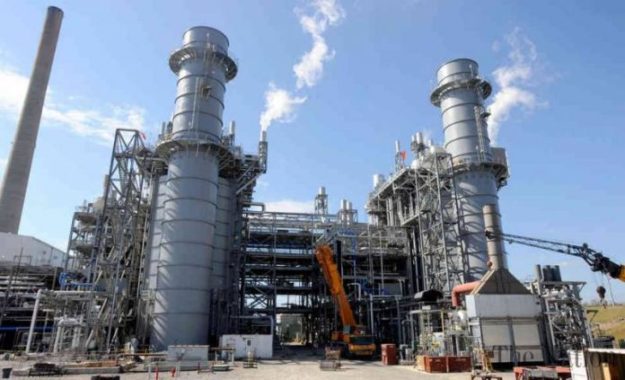 Balloki Power Plant in Patoki
Balloki Power Plant in Patoki
If Pakistan hopes to navigate out of its current energy woes, it will need to display more innovation and think strategically. It should look to the successful and sustainable energy models embraced by developed nations which have a potential to be replicated in Pakistan. For instance, in Norway, 98% of the energy comes from hydropower, which it produces by taking advantage of its mountain ranges. Similarly, Sweden produces its energy from both hydropower and nuclear power.
Moreover, Germany has one of the world’s most innovative and efficient energy sectors. Around 33% of power comes from renewable sources, 22.6% from lignite, and 14.4% from hard coal, 13.1% from natural gas, 11.6% from nuclear and 4.2% from other sources. Stringent steps must be undertaken at the national level as well as adoption of a well-rounded energy policy is required, so that Pakistan is put on the path of surplus energy production.





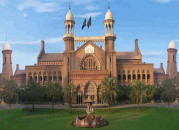














COMMENTS
Comments are moderated and generally will be posted if they are on-topic and not abusive.
For more information, please see our Comments FAQ